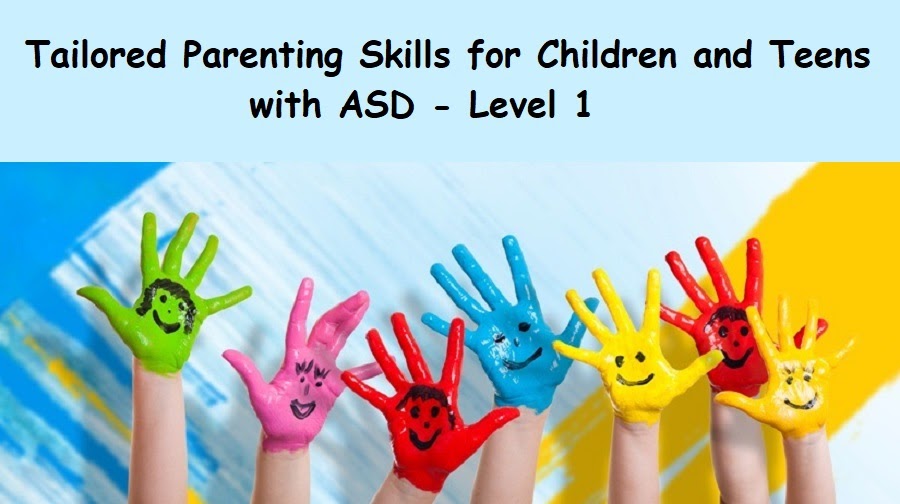

In the meltdown moments, it can be hard to recognize the behaviors as physiological responses and not controllable behavioral reactions. In times of anxiety and stress, the sympathetic parts of our autonomic nervous systems produce cortisol hormones and trigger a “fight or flight response.” When people with autism or sensory processing dysfunction experience sensory overstimulation, they are unable to regulate the sensory inputs from their environments and their bodies perceive these inputs as threats. OR maybe you just can’t handle it and have a road rage outburst (maladaptive response)! Maybe you shut off the radio, close your eyes, and take some deep breaths to calm down (adaptive response). The last thing you want is to be stuck in your car in that traffic jam-you want out! But you can’t go anywhere…the typical response at this point is agitation and frustration. The anxiety of the situation is compounded by the sensations you’re experiencing and, suddenly, the music in your own car is too much to bear (sensory overload). Now, instead of comfortably cruising (our expectation for the situation), you’re at a standstill surrounded by imposing big trucks, offensive exhaust fumes, blaring horns, and blazing hot sun peeking through your windows. We’ve all had the experience of happily driving to our destination, cruising down the highway, singing along to our favorite song, when all of a sudden, traffic comes to a dead stop. It’s a physiological “traffic jam” in the central nervous system, and the sensory overstimulation is not unlike a maladaptive response to an actual traffic jam. When a person with autism experiences too much sensory stimulation, the central nervous system is overwhelmed and unable to process all of the input. Tantrums can lead to meltdowns, so it can be hard to tell the difference between the two outbursts (and respond appropriately) if you’re not attuned to your child’s sensory signals. Meltdowns are reactions to feeling overwhelmed and are often seen as a result of sensory overstimulation. What is a meltdown?Ī meltdown occurs when the child loses control over his/her behavior and can only be calmed down by a parent, or when he/she reaches the point of exhaustion. If tantrum outbursts persist past what is developmentally appropriate, social-emotional difficulties may arise from maladaptive responses to anger and anxiety. When parents “give in” to tantrum outbursts, children are more likely to repeat the behavior the next time they are denied what they want or need.Īs children age, they develop self-regulation skills to manage the emotions associated with anxiety and anger. The tantrums will resolve when the child either gets what he/she wants, or when he/she realizes that this outburst will not result in getting his/her way. When children tantrum, they maintain control of their behavior and can adjust the level of the tantrum based on the feedback received from adults around them. This anxiety and lack of control often results in tantrums when it all gets to be too much to manage.Ī hallmark of a tantrum is that the behavior will usually persist if the child gains attention for his/her behavior, but will subside when ignored.

This is the brain center responsible for emotional regulation and social behavior-so they do not have the ability to regulate! The prefrontal cortex of the brain has not yet developed.They have emerging, developing language skills that make communicating wants/needs frustrating.They have an emerging desire to become independent, but have limited motor skills and cognitive skills (planning, organization, execution), making it impossible to actually BE independent.

Toddlers and preschoolers are developmentally prone to tantrums because they lack refined skills in any one area to sort through frustrations on their own. In fact, this “terrible twos” stage is typically experienced between one to four years old because it takes a while to develop the needed motor, language, and problem-solving skills! Parents observe many tantrums during the “terrible twos,” when young children are beginning to assert independence. What is a temper tantrum?Ī temper tantrum typically occurs when a child is denied what he/she wants to have, or wants to do. They are not the same, nor should they be addressed in the same manner. It is important to recognize the differences between characterizing these behaviors. Tantrums and meltdowns: none of them are pretty, but for many children and families, they are common occurrences that can be quite stressful.


 0 kommentar(er)
0 kommentar(er)
